Artificial Intelligence (AI in abbreviation) is a technique of machine imitating human intelligence. In the 50’s, there were scientists suggesting to build machines capable of imitating scenarios in human learning, decision making and problem solving . Through development in previous decades, different AI technologies become more mature

Artificial Intelligence
Artificial Intelligence (AI in abbreviation) is a technique of machine imitating human intelligence. In the 50’s, there were scientists suggesting to build machines capable of imitating scenarios in human learning, decision making and problem solving . Through development in previous decades, different AI technologies become more mature, including:-

-
Machine learning
e.g. audio identification and auto-pilot
-
Natural language processing
e.g. textual translation, generation and analysis
-
Computer vision
being able to comprehend graphic contents and differentiate objects
-
Expert system
development of problem solving system in highly specialized fields such as disease analysis
AI has been widely applied in an array of fields nowadays. Examples are as follow,
-
E-Commerce
Products will be recommended to you upon your browsing history
-
Smart Assistant
Assistance functions in mobile devices can be activated by simply saying ‘Hey Siri’ or ‘Hey Google’
-
Auto-pilot
Shortest route recommendation will be offered by map applications before starting off journeys
-
Anti-theft System
Alerts will be activated once intruders are detected by cameras in designated parameters
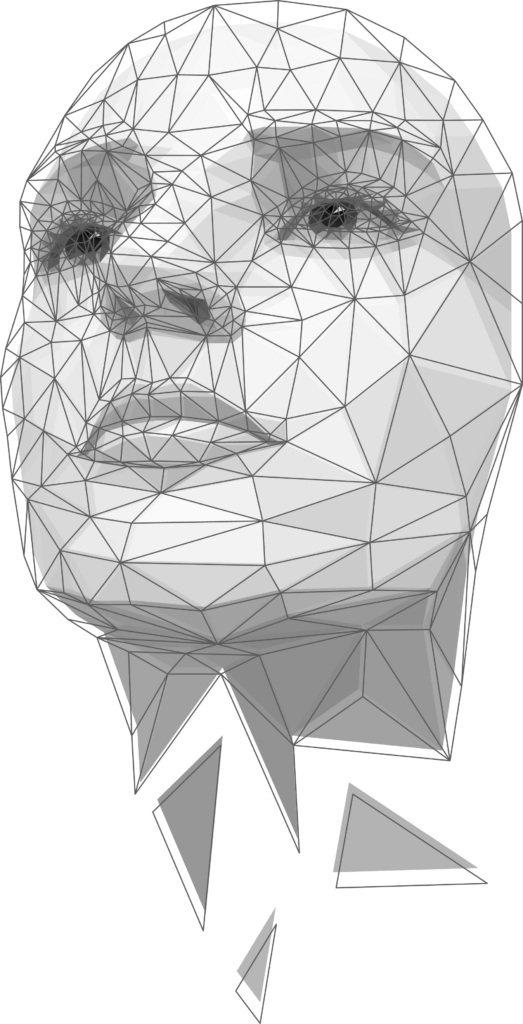
What is Generative AI?
Generative AI is capable of generating texts, images, audio, sound, video, etc. Among all, ChatGPT is the most widely recognized by the general public. GPT stands for Generative Pre-trained Transformer, a chatbot based on a large-scale language model. The latest GPT 4.0 version is estimated to have collected over 1,000 billion parameters. Apart from GPT developed by OpenAI, other models namely BERT by Google and LLaMA by Meta possess their unique traits.
What pitfalls would AI development cause?
Recent rapid development of AI has gradually integrated in various aspects of daily lives bringing convenience at different levels. The prevalence of ChatGPT has attracted heated discussion in the globe. In addition to AI start replacingmanual works, bad actors also start using AI for criminal activities. What hidden pitfalls would AI development bring to human?
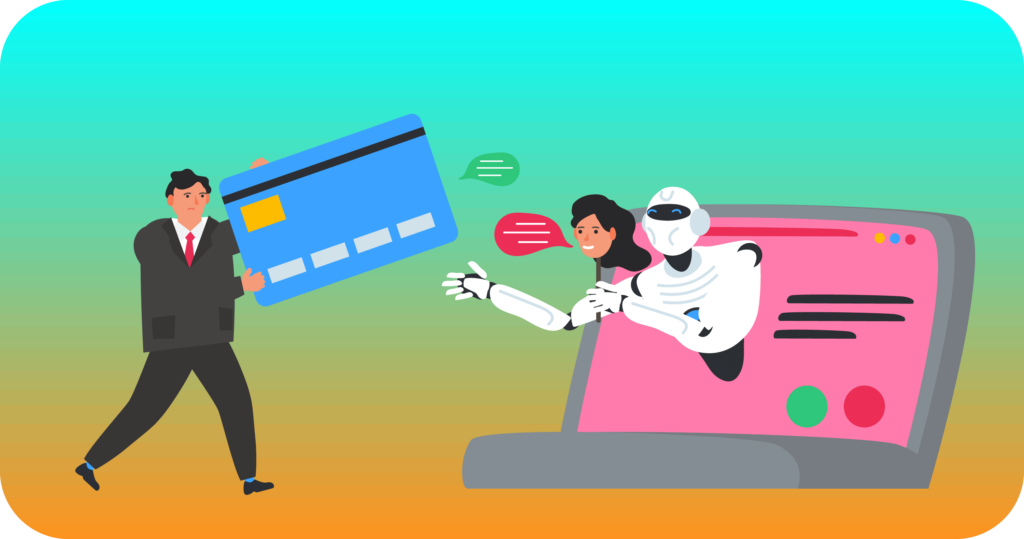
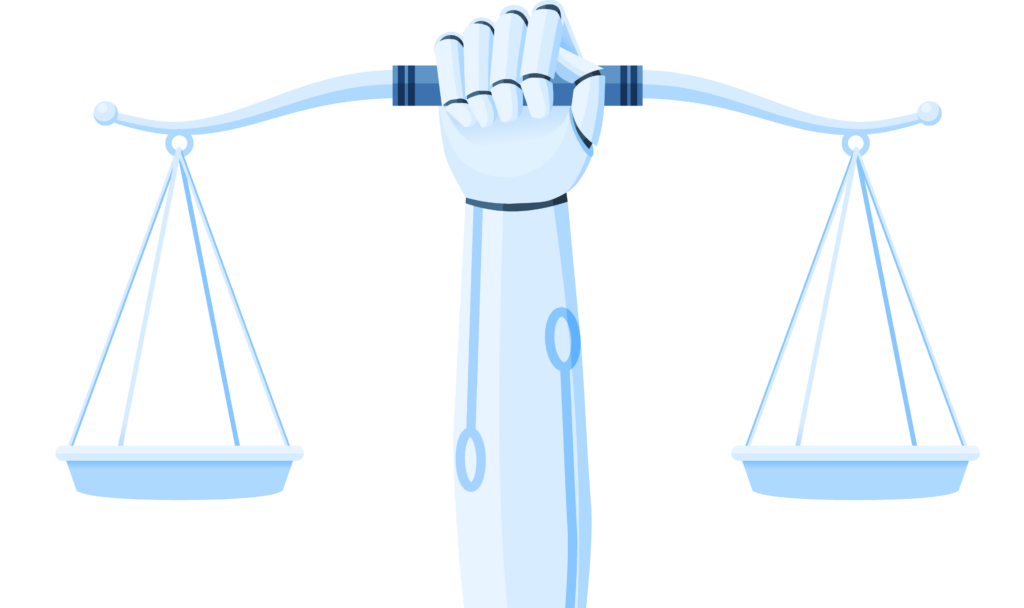
Legal Liability
Infringement of Personal Privacy
To categorize and make suggestions, AI systems may need to collect and process abundant users’ information such as travel habits, health, communication contents, browsing preference, etc., which will bring pitfalls to users’ safety. For example, bad actors could track users’ whereabouts and maliciously acquaint users for the purpose of deception, etc. Nonetheless, the existing Personal Data (Privacy) Ordinance does not cover information other than personal data. So, how should privacy of the public be protected?
Fairness of Data Sources
The AI’s system database is originated by its developer’s resources and commercial consideration. Say, if a natural language processing model is primarily trained in English-speaking scenarios, the database may be biased towards contents drawn from English-speaking regions. In addition, if the trainers are from specific regions, this may result in AI’s responses tainted with discrimination or bias against race, religion or gender.
Ethics and Morality
Pitfalls in ethics, morality and inappropriate use by criminals could be raised by AI. Bad actors can use AI to minimize the cost of committing crime. Examples are compiling fake news to affect fairness of elections, deepfakes of voices and images for deceptions, writing up malware programmes for cyber attacks, etc.
Infringement of Intellectual Property Rights
AI relies on massive amount of data for learning. Most of which is from free or paid information on the Internet, e-books and magazines. How should the rights of intellectual property holder be protected? How should we ensure the rights holder to have control over the property data?
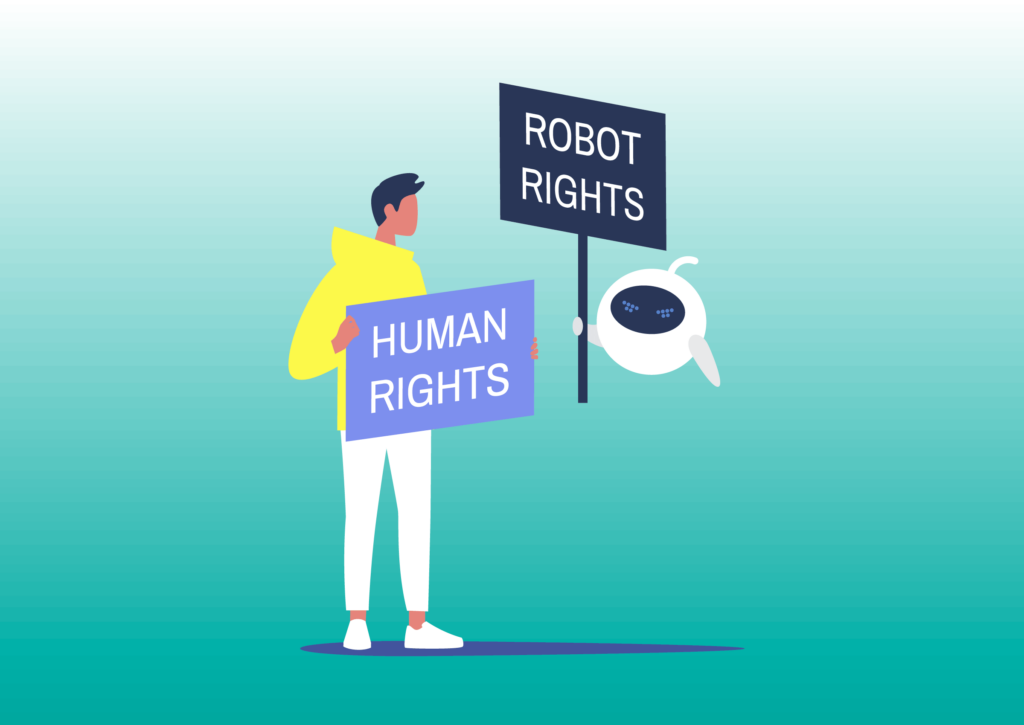
Conclusion
AI plays a prime role in technological advancement of mankind, but it is also a blade of two edges. To build up local capability in AI research and to promote the popularization in AI applications, it is crucial to put regulatory frameworks in place for the sake of ensuring AI’s development and utilization in a moral and planned way. In addition, it is essential to enhance citizens’ AI literacy and strengthen relevant human resources training. All these require collaboration between the government and stakeholders in various community sectors.
You may be interested in
Artificial Intelligence (AI in abbreviation) is a technique of machine imitating human intelligence. In the 50’s, there were scientists suggesting…
The Hong Kong Monetary Authority (HKMA) unveiled “Fintech 2025” in the mid-2021, which aims to encourage the financial sector to…
The Internet reaches almost everywhere and contains massive source of information. How much information is accessible to the public? From…
In the digital age, teenagers have started to use the Internet since their childhood. Online content varies greatly. To what…
Some members of public might raise suspicion when receiving SMS messages from the government departments with a prefix +852 in…
Welcome to the metaverse journeyThe concept of the Metaverse originates from Snow Crash, a science fiction novel published in 1992…


